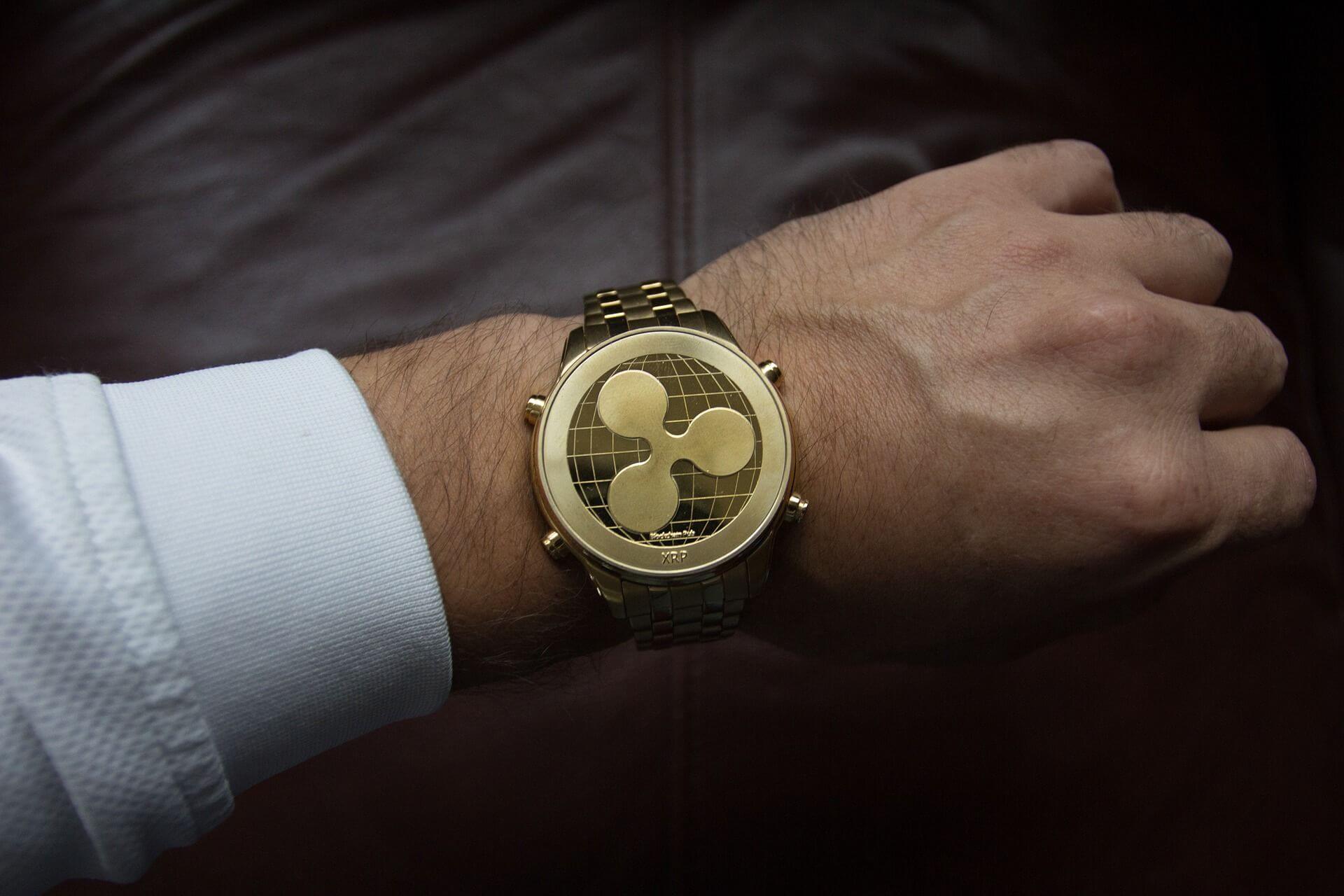
Ripple is to start investing in companies using its native XRP digital token. In what appears to be a departure from the initial focus on institutional use cases, CEO Brad Garlinghouse said the company will invest in start ups that develop XRP use cases.
Speaking at a tech event, Garlinghouse was however quick to reiterate the company was committed to developing “institutional use cases.”

“We would certainly partner with companies that are looking to use XRP in lots of different ways,” Garlinghouse said.
Ripple and some of its executives already invested $25 million in the start up Omni in January 2018 after it agreed to use XRP for its operations.
Ripple has a market capitalisation of well over $30 billion. There is a circulating supply of more than 39 billion XRPs at the moment. The maximum supply is set at 1 trillion XRPs.
Like many other cryptocurrencies, XRP has had it fair share of sharp falls. It lost half of its value in the recent cryptocurrency crash. At its peak in early January, XRP was trading as high as $3.80 from just 20 cents in December. Its value has since dropped below $1. At the time of going to press the digital currency was trading at $0.78 according to CoinMarketCap.
The platform and the native cryptocurrency XRP was initially specifically targeted at the financial industry. However, while the use of the Ripple transfer network is off to a good start, uptake of its native digital currency is still way off.
High Volatility
Huge fluctuations in prices have often been cited as the major reason hindering mass adoption. Garlinghouse, however, likes to play this concern down. He notes that transactions happen virtually within seconds hence concerns about price fluctuations are not valid.
The same concern is also raised regarding its possible use for payment services. Garlinghouse dismissed this as “fake news.” He believes banks will eventually embrace the cryptocurrency for payment.
Ripple made astronomical gains in 2017 to become one of the top cryptocurrencies. It was the best performing gaining more than 36,000% in 2017 and outperforming long-established ones like bitcoin and ethereum.
Tipped to Replace SWIFT
Towards the end of the year, several financial institutions were testing the network for payment transfers. Prospects were high and the markets were excited. It is estimated that the protocol can cut payment transfer costs by as much as 60% if the XRP tokens are used on the ripple network.
With fast transaction speeds happening within seconds, ripple is tipped to replace the antiquated SWIFT system which is plagued with intractable issues including slow speeds. It takes about five days to complete transfers currently.
Ripple has long been associated with banks, a situation that does not sit very well with some diehard cryptocurrency enthusiasts with libertarian leanings.
Transfers are possible within four seconds within the network. Sending money is as easy as buying XRP is a London exchange and sending it to any part of the world where it can be converted to a local currency.
At least 100 financial institutions had already adopted the payment processing network at the start of the year including large players like JP Morgan, HSBC and Standard Chartered.
Banco Santander is to launch same-day international payments using the ripple network this quarter.
The services will initially be available in four countries according to a statement early February which also promised full transparency on fees and FX upfront.
At the end of 2017, it was working with American Express on business to business payments using the ripple blockchain. The bank cited uncertainty and lack of transparency on the ripple network as the reason for the move.

